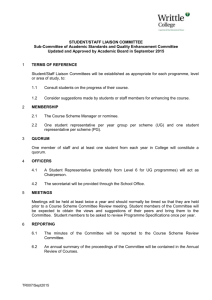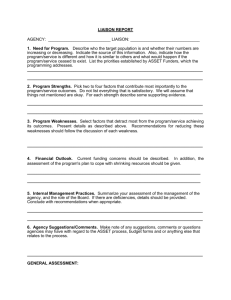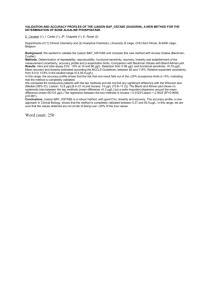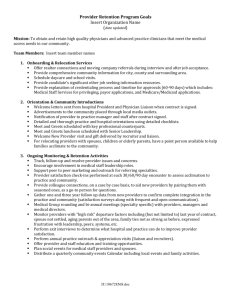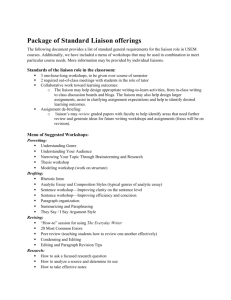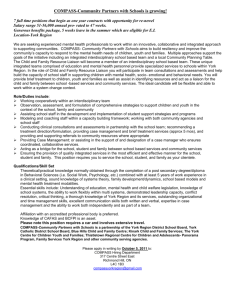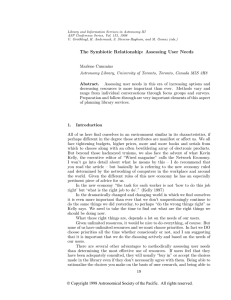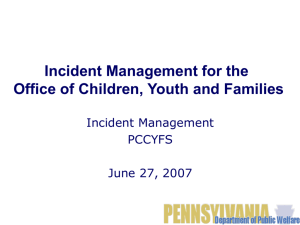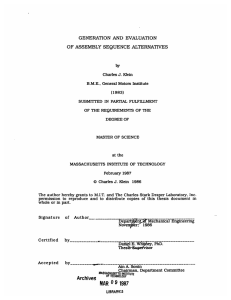Goals of the Liaison program
advertisement
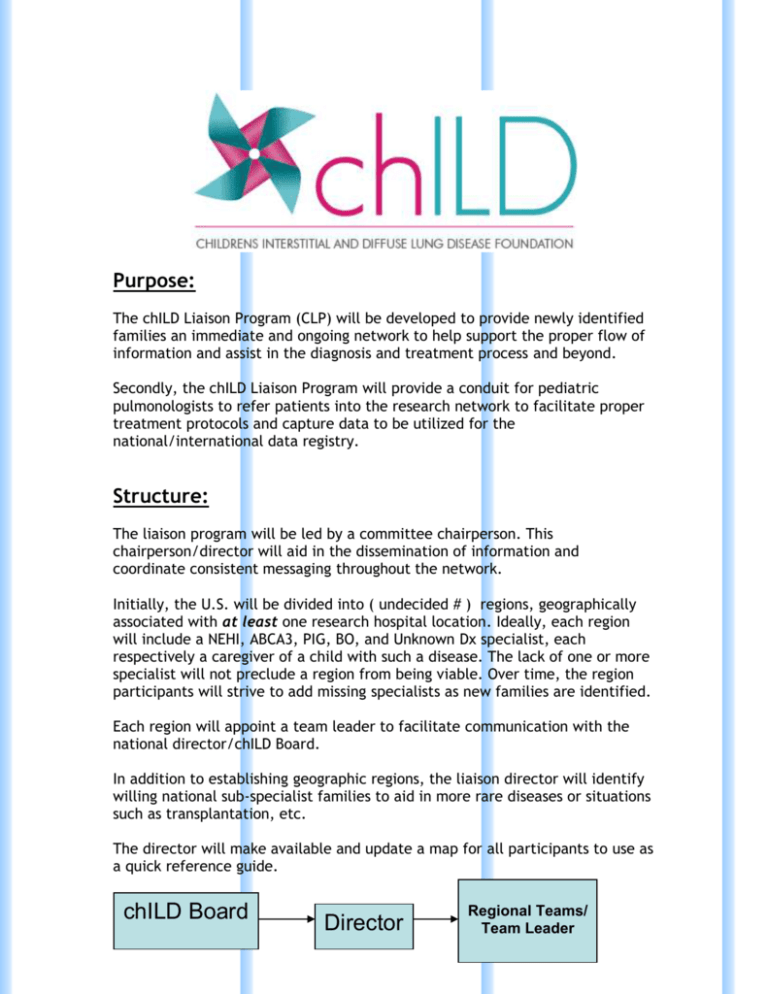
Purpose: The chILD Liaison Program (CLP) will be developed to provide newly identified families an immediate and ongoing network to help support the proper flow of information and assist in the diagnosis and treatment process and beyond. Secondly, the chILD Liaison Program will provide a conduit for pediatric pulmonologists to refer patients into the research network to facilitate proper treatment protocols and capture data to be utilized for the national/international data registry. Structure: The liaison program will be led by a committee chairperson. This chairperson/director will aid in the dissemination of information and coordinate consistent messaging throughout the network. Initially, the U.S. will be divided into ( undecided # ) regions, geographically associated with at least one research hospital location. Ideally, each region will include a NEHI, ABCA3, PIG, BO, and Unknown Dx specialist, each respectively a caregiver of a child with such a disease. The lack of one or more specialist will not preclude a region from being viable. Over time, the region participants will strive to add missing specialists as new families are identified. Each region will appoint a team leader to facilitate communication with the national director/chILD Board. In addition to establishing geographic regions, the liaison director will identify willing national sub-specialist families to aid in more rare diseases or situations such as transplantation, etc. The director will make available and update a map for all participants to use as a quick reference guide. chILD Board Director Regional Teams/ Team Leader Liaison Responsibilities: The liaison position is designed to provide assistance to new families struggling through the very confusing and frightening period when their children are experiencing diagnosis, treatment, and settling into life with chILD. Ultimately, it is the Board’s hope that this connection will continue and strengthen beyond these initial stages and that these families themselves will become part of the support the chILD Foundation can provide. (It should be noted that in most circumstances, liaisons are not medical practitioners, and therefore, should not act as such. Sharing experiences and recommending prudent thought processes on the part of the families should not act as a substitute for sound medical decisions made by experienced providers) Specific duties and responsibilities are listed, but may not be confined to, the following: The liaison position requires participants to: 1. Read and sign an agreement outlining responsibilities and duties of the program and their role. 2. Review and understand current HIPPA statutes to guarantee patient confidentiality. 3. Agree to serve a one year term to be reviewed by the director and Board annually for renewal. 4. Make themselves available for contact from newly identified families and will determine the most efficient and appropriate method for interaction with each specific family including best times and dates. 5. Assist newly identified families in acquiring proper information related to home health care equipment, diagnostic procedures, information related to specific disease states, appropriate healthcare providers, as well as local and state resources related to care. 6. Contact and meet with research physicians in geographic region and provide contact information to these facilities. 7. Work with facility staff to provide educational materials related to chILD. Packets will be provided and may be augmented based upon specific regional and local needs as determined by the liaisons and physicians. 8. Act as an outreach agent to encourage more professionals and facilities to work closely with and refer patients to research sites. This may include presentations on chILD to pediatric pulmonologists within the region based upon data provided by the Foundation or from referral sources at the research sites. 9. Team leaders will collect and update information related to: -Numbers of families coming to the Foundation by region -Diagnoses of these patients - Hospital contacts, protocols, and general information related to outreach - Unmet needs of both liaisons and families - Research site information - New local and regional news associated with healthcare delivery (ex: Medicare, Medicaid, O2 delivery, home healthcare, etc.) 10. Team leaders will gather this information to be shared with the director to refine and enhance the program. Team leaders may be asked to participate in conference calls from time to time. 11. Team leaders will be asked to learn interface with new website database in order to capture information and update it on a regular basis. 12. Director will in turn collect, evaluate, and report progress to the chILD Foundation board of directors during allocated timeframes established by the Board. 13. Director will present budgetary needs and strategic direction for upcoming FY. 14. chILD Board of Directors will have final determination on all aspects of the liaison program. Goals: Year One: 1. Launch Family Liaison Program with at least one representative family in each of the (undecided # ) regions. 2. Identify and enlist sub-specialist families for rare/unique chILD diagnoses including transplantation. 3. Train team leaders on website interface to upload and interact with website database. 4. Develop and disseminate minimum of six information packets to each research site for the use in educating newly indentified families. 5. Identify and enlist at least one pediatric pulmonologist in every state willing to move forward with data entry into the registry. 6. Hold 4 quarterly conference calls among team leaders with director to track progress of goals. 7. Develop list of goals for year 2. Region 1 Regions and Research Sites (pending)

